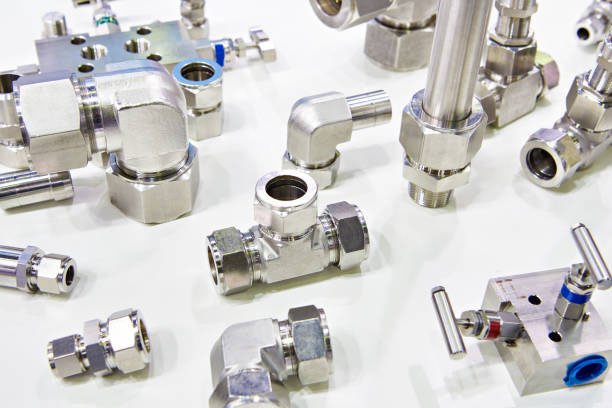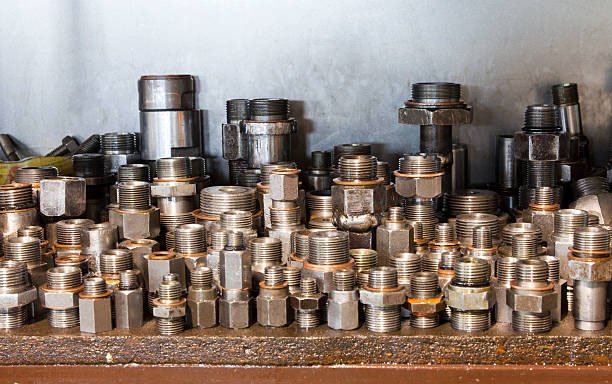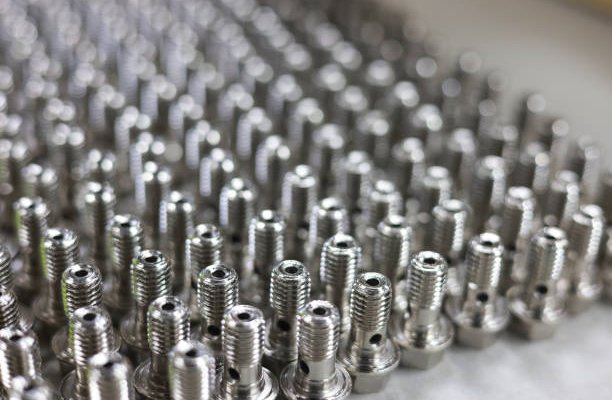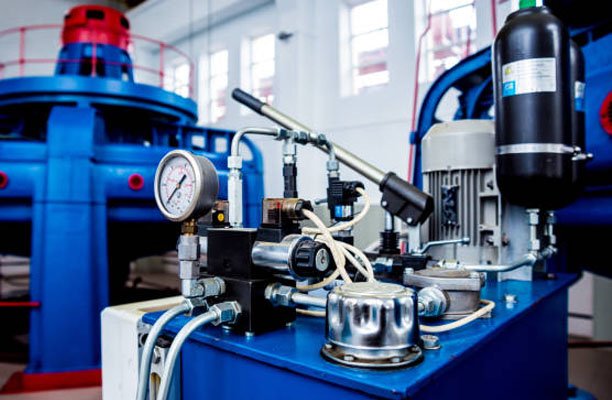Stainless steel adapters are widely used in industrial pipelines due to their durability and resistance to corrosion. However, over time, these adapters can experience scaling, which negatively impacts the safety and efficiency of the media transported through the pipes. Many are keen to learn how to Prevent Scaling in Stainless Steel Adapters. In this article, we will share some effective methods to help you keep your adapters free from scale.
Understanding Scaling in Stainless Steel Adapters
Scaling happens when minerals like calcium carbonate build up on the surface of stainless steel adapters. This usually occurs in systems that use hard water, which has a high mineral content. When the water heats up or evaporates, these minerals settle and form solid deposits on the metal.
Although stainless steel is resistant to rust and corrosion, it can still experience scaling. The chromium in stainless steel creates a protective layer, but scaling can break through this layer. Over time, these deposits act as an insulator, leading to problems like overheating, corrosion, and even blocking the adapters.
The Consequences of Scaling
This buildup of scale can lead to several detrimental effects:
- Reduced Flow Efficiency: Scale narrows the internal diameter of the adapters, restricting fluid flow and reducing the overall efficiency of the system.
- Increased Pressure Drops: As scale accumulates, it causes higher pressure drops across the fittings, leading to increased energy consumption to maintain the desired flow rates.
- Corrosion Risks: While stainless steel is corrosion-resistant, scale can create localized areas where corrosive elements can penetrate, potentially leading to pitting and eventual failure of the adapter.
- System Downtime: The need for frequent maintenance and potential replacement of scaled adapters can result in costly system downtime, affecting overall productivity.

Effective Strategies to Prevent Scaling in Stainless Steel Adapters
Given these significant consequences, it is crucial to take proactive steps to prevent scaling and protect your system.
1. Ensure Proper Water Quality
Scaling primarily occurs due to the precipitation of dissolved solids like calcium carbonate in water. To minimize the impact of scaling on stainless steel adapters, it is crucial to ensure the purity of the water used. Installing filters to treat the raw water and remove impurities can significantly reduce the formation of scale. Regular monitoring of water quality is also recommended to maintain optimal conditions.
2. Implement Temperature Control
Temperature control plays a vital role in preventing scaling within stainless steel adapters. High temperatures can accelerate the precipitation of scale-forming minerals, leading to more rapid buildup. By maintaining the water temperature within an optimal range, typically below 60°C (140°F), the likelihood of scaling can be significantly reduced. Using temperature control systems, such as heat exchangers or temperature regulators, can help manage the temperature effectively and maintain the longevity of your adapters.
3. Regular Cleaning and Maintenance
In addition to water purification, regular cleaning and maintenance of the adapters are vital. Developing a routine maintenance schedule for descaling and cleaning the pipes and adapters will help keep them in optimal condition. Generally, cleaning should be done every six months to a year, depending on the system’s usage and the severity of scaling.
4. Select the Appropriate Cleaning Method
Choosing the right cleaning method is essential to effectively remove scale without damaging the adapters. For stubborn and hard-to-remove deposits, pre-treating with chemical agents followed by cleaning with a high-pressure water jet or steam cleaner can be effective. When using cleaning agents, it is important to adhere to recommended dosages to avoid any adverse effects on the adapters.

5. Choose the Right Stainless Steel Material
The material of the stainless steel adapters plays a significant role in scaling resistance. Different stainless steel alloys respond differently to various water chemistries. It is crucial to select a stainless steel material that is compatible with the specific chemical composition of the water in your system. Opting for materials with the appropriate surface treatment and smoothness can also help reduce the likelihood of scaling.
6. Maintain Appropriate Flow Rates
Maintaining appropriate flow rates within your piping system is essential to preventing scale formation. If the flow rate is too low, water can become stagnant, increasing the risk of scale buildup on the inner surfaces of the adapters. Conversely, excessively high flow rates can cause turbulence, leading to the uneven deposition of scale. Designing your system to maintain an optimal flow rate, specific to your process requirements, will help minimize the potential for scaling.
7. Additional Preventative Measures
- Chemical Treatments: In some cases, adding anti-scalants or water softeners to the system can prevent scale formation. These chemicals work by either sequestering scale-forming ions or altering their crystalline structure to prevent adherence to the adapters.
- System Design Considerations: Careful consideration of system design, including the arrangement of piping and fittings, can help minimize areas prone to scale buildup. Incorporating flow meters and pressure sensors can provide insights into the system’s performance and allow for timely adjustments.
Conclusion
Stainless steel adapters, while durable and corrosion-resistant, can still suffer from scaling, which can degrade their performance and lifespan. By following the tips outlined above—understanding the consequences of scaling, ensuring water quality, implementing temperature control, maintaining appropriate flow rates, conducting regular maintenance, selecting the appropriate cleaning methods, and choosing the right material—you can significantly reduce the risk of scaling and prolong the life of your adapters. Implementing these practices not only ensures the reliability of your system but also contributes to cost savings in the long run.
FAQs
Q1: How does water hardness contribute to scaling in stainless steel adapters?
Water hardness refers to the concentration of dissolved minerals, primarily calcium and magnesium, in the water. These minerals precipitate out of the water and form scale on metal surfaces, including stainless steel adapters.
Q2: Can water softeners completely eliminate the risk of scaling?
While water softeners significantly reduce the risk of scaling by removing hardness-causing minerals, they may not completely eliminate it. Regular maintenance and additional preventive measures may still be necessary.
Q3: What are the signs that scaling is occurring in my system?
Common signs of scaling include reduced water flow, increased pressure drops, higher energy consumption, and visible mineral deposits on metal surfaces.
Q4: Are magnetic and electronic descalers effective in preventing scaling? Magnetic and electronic descalers can be effective in reducing scaling, especially in systems where water treatment is not feasible. However, their effectiveness can vary depending on water quality and system conditions.
Q5: Is it necessary to monitor water quality regularly to prevent scaling?
Yes, regular monitoring of water quality is essential to prevent scaling. Testing for hardness, pH, and other factors allows for early detection of conditions that could lead to scaling.
Q6: What are the best cleaning methods for removing scale from stainless steel adapters?
The best cleaning methods include mechanical cleaning using brushes or scrapers, and chemical cleaning using acid-based solutions that dissolve scale without damaging the stainless steel surface.





